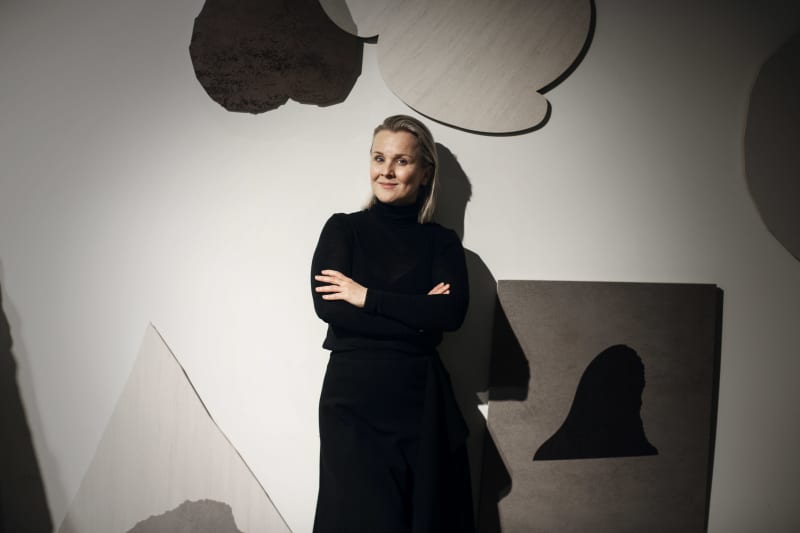Today’s designers work not only with products and objects, but also with intangible things. Jobs are now available, especially in the field of digital design.
Traditionally, design has been seen as product design and making things by hand. But today’s designers have a broader scope of work. It also includes the development of user interfaces, service experiences and urban environments, for example.
– “I’ve noticed that other people don’t always understand what design is,” says Jenan Bayati, a third-year service design student at LAB Design Institute.
In particular, digitalisation has contributed to the transformation of the design industry.
According to Jenan Bayati, design students are required to acquire a wide range of new skills.
– Whether you’re a photographer, service designer or graphic designer, whether or not you know how to use a program can decide whether you’ll get a job.
According to reports by the design industry expert organization Ornamo, turnover in the field of digital design has increased by 143 percent between 2010 and 2020, and the increase in personnel by 79.5 percent.
The turnover of the design industry, known for its more traditional design, fell by 2.5 percent at the same time. In 2020, a fifth of the staff reduction was recorded compared to 2010.

New Director of the Institute of Design emphasises sustainable design values
According to Tytti-Lotta Ojala, director of the Institute of Design at LAB University of Applied Sciences, designers always have three possibilities for employment.
– Can be an entrepreneur, freelancer or work within the company as an employee.
Although the teaching of design is still strongly based on the traditions of design, it changes over time.
– There is still a lot to do, but the design industry is increasingly changing, and we want to meet the needs of working life.
Ojala, who started her job in Lahti in December, believes that teaching takes into account values \u200b\u200bthat move over time and sustainable development as a starting point.
– You cannot have design expertise without understanding the needs of the planet. Sustainability issues must always be part of a designer’s work.
Tytti-Lotta Ojala has previous experience in, among other things, utilizing design in international business. He considers it important that educational institutions develop their relations abroad.
According to Ojala, the design institute has done brilliantly, for example, in the number of applicants for English-language education. Similarly, it would be important to promote the study abroad of our own students and staff in different ways.
Taking better account of students’ views
Last fall, there was information in the public about the dissatisfaction of the students of the Design Institute with their work and teaching. Criticism that had been simmering for a longer time erupted as an expression of opinion.
For her part, Tytti-Lotta Ojala plans to build a dialogue in the direction of the students.
– I regularly come to meet student representatives.
He says that he also keeps the doors open for a more casual conversation.
– Students look at the world differently than previous generations. I hope that I can have this dialogue with them a lot more.
